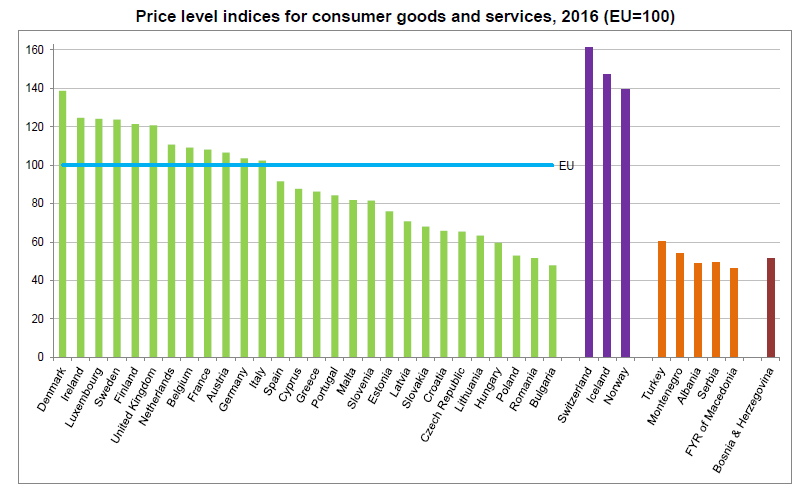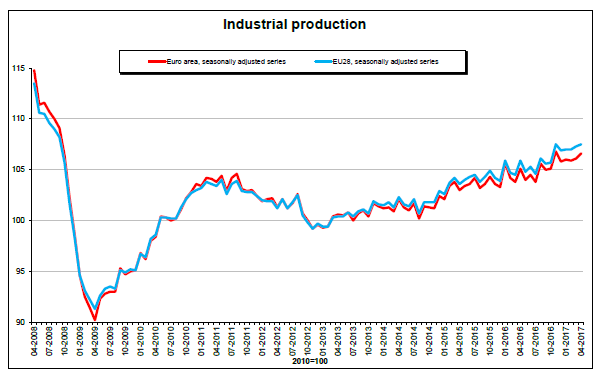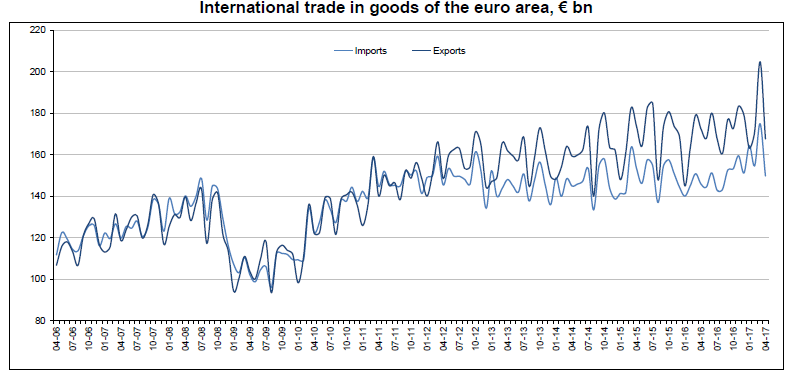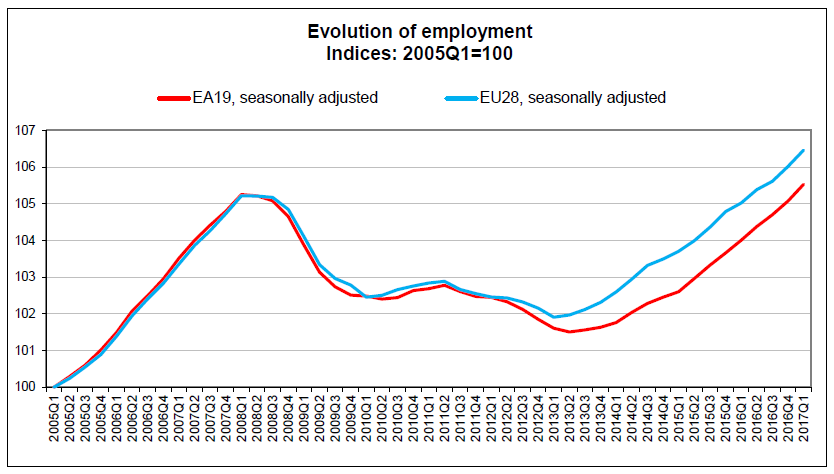Merler, Silvia, (2017), “The Fed’s problem with inflation”, Brugel, 19 June Joseph Gagnon at PIIE argues that the FOMC meeting offered three unexpected items. First, Chair Yellen pointed to “one-off” development in the prices of mobile phone service plans and pharmaceuticals in March, as the main reason the FOMC’s preferred measure of inflation has moved away from its 2 percent target to 1.5 percent as of April. Gagnon wonders whether the …Read More
Immigration And Economic Growth: Is Keynes Back?
Rothstein, Bo, (2017), “Immigration And Economic Growth: Is Keynes Back?”, Social Europe, 20 June During the huge refugee crisis in 2015, among the OECD countries, Sweden accepted the largest number of refugees in relation to its population size (10m): 163,000 asylum seekers. If the United States had received an equal share compared to its population, it would have been about 5.5 million people but it took in only about 70,000 asylum …Read More
Bail-ins and Bank Resolution in Europe: A Progress Report
Philippon, Thomas, Salord, Aude, (2017), “Bail-ins and Bank Resolution in Europe: A Progress Report”, Centre for Economic Policy Research, 20 June The 4th Special Report in the Geneva Reports on the World Economy series reviews the current status of bail-ins and bank resolution in Europe. It first provides a critical comparison of the US and EU bank resolution rules, including the underlying similarities, differences and enhancement points of both frameworks. …Read More
Price levels varied by almost one to three across the EU Member States
Eurostat/Price levels varied by almost one to three across the EU Member States/15 June 2017 In 2016, price levels for consumer goods and services differed widely in theEuropean Union (EU). Denmark (139% of the EU average) had the highest price level, followed by Ireland (125%), Luxembourg and Sweden (both 124%), Finland and the United Kingdom (both 121%). At the opposite end of the scale, the lowest price level was found …Read More
If central banks can’t taper QE now, when can they? Maybe never
McGeever, Jamie, (2017), “If central banks can’t taper QE now, when can they? Maybe never”, Reuters, 13 June As the Fed prepares to raise interest rates again and actively considers how and when to start exiting QE, it appears that the process of normalising monetary policy across the Western world is slowly but surely getting into gear. Global conditions for unwinding crisis-fueled stimulus look fertile: the strongest economic growth in …Read More
Industrial production up by 0.5 % in euro area
Eurostat/Industrial production up by 0.5% in euro area/14 June 2017 In April 2017 compared with March 2017, seasonally adjusted industrial production rose by 0.5% in the euro area (EA19) and by 0.2% in the EU28, according to estimates from Eurostat, the statistical office of the European Union. In March 2017 industrial production rose by 0.2% in euro area and by 0.3% in the EU28. In April 2017 compared with April …Read More
Euro area international trade in goods surplus €17.9 bn
Eurostat/Euro area international trade in goods surplus €17.9 bn/15 June 2017 The first estimate for euro area (EA19) exports of goods to the rest of the world in April 2017 was €167.7 billion, a decrease of 3% compared with April 2016 (€172.5 bn). Imports from the rest of the world stood at €149.8 bn, a rise of 3% compared with April 2016 (€145.9 bn). As a result, the euro area …Read More
How Long Can the Eurozone Survive Without Greater Integration?
Rogoff, Kenneth, (2017), “How Long Can the Eurozone Survive Without Greater Integration?”, Project Syndicate, 14 June With a reform-minded centrist president elected in France and the re-election of German Chancellor Angela Merkel seeming ever more likely, is there new hope for the stalled single-currency project in Europe? In the near term, it looks that way. The eurozone recovery has out-performed expectations, and the election of Macron has raised hopes that …Read More
Employment up by 0.4% in both the euro area and in the EU28
Eurostat/Employment up by 0.4% in both the euro area and in the EU28/14 June 2017 The number of persons employed increased by 0.4% in both the euro area (EA19) and in the EU28 in the first quarter of 2017 compared with the previous quarter, according to national accounts estimates published by Eurostat, the statistical office of the European Union. In the fourth quarter of 2016, employment increased also by 0.4% …Read More
Global Economic Outlook, June 2017
OECD, (2017), “Global Eonomic Outlook”, June The mood in the global econom has brightened during the lat year. Confidence indicators, industrial production, headline measures of employment, and cross-border trade flows have improved in most economies, However, this still-modest cyclical expansion is not yet robust enough to yield a durable improvement in potential output or to reduce persistent inequalities. Relevant Posts OECD, (2017), “Greece Economic Forecast (June 2017)”, June International Monetary …Read More








